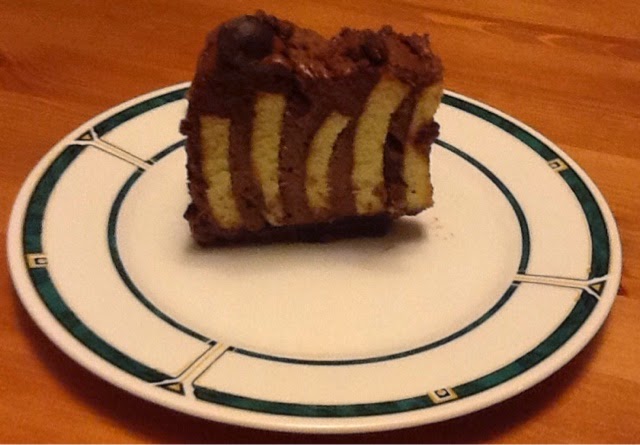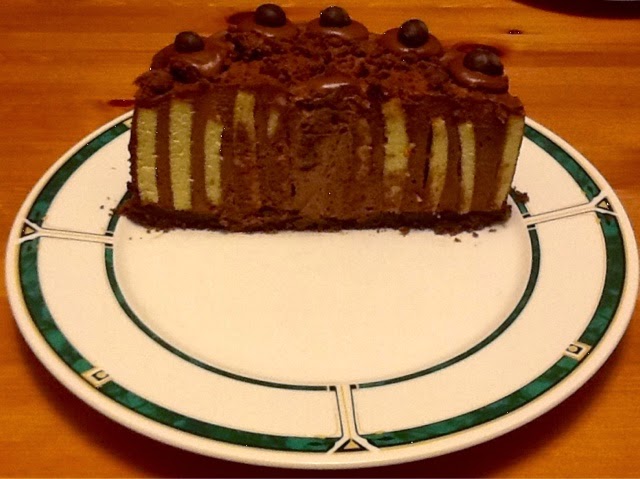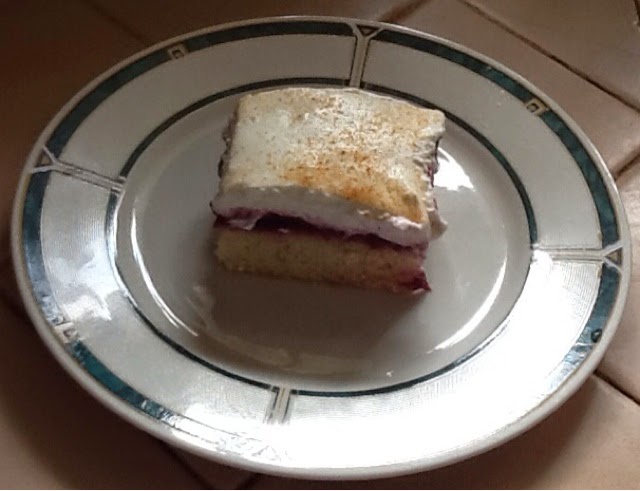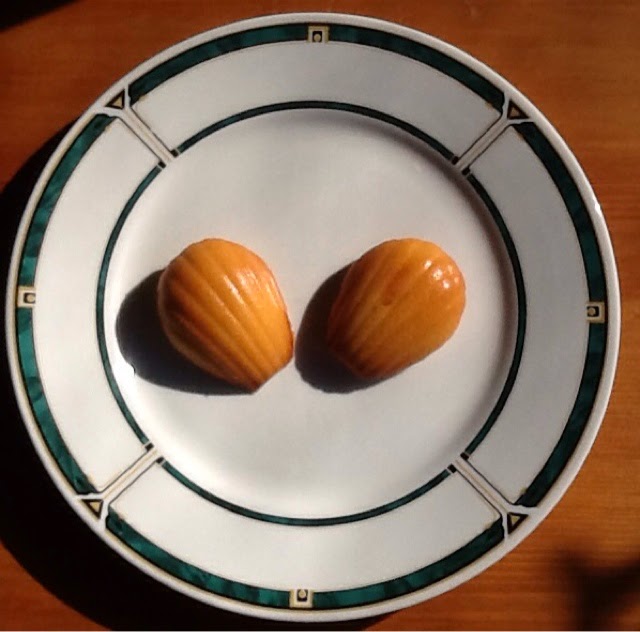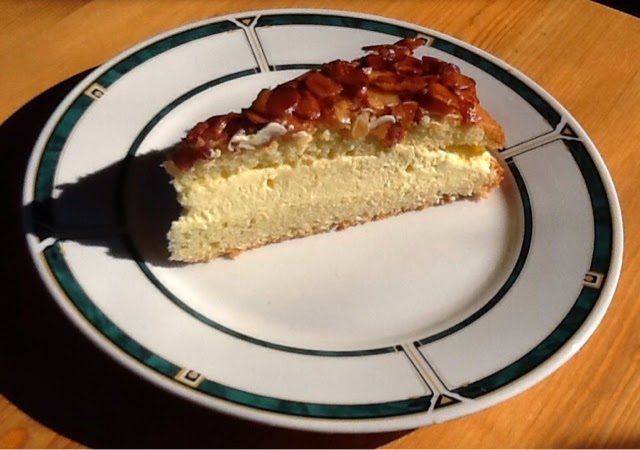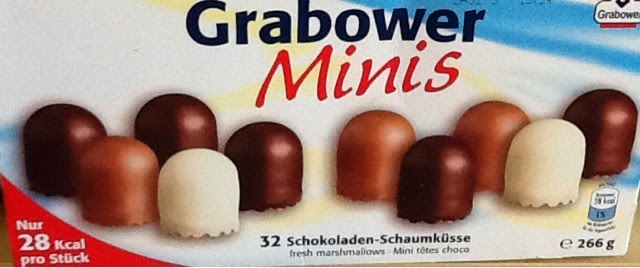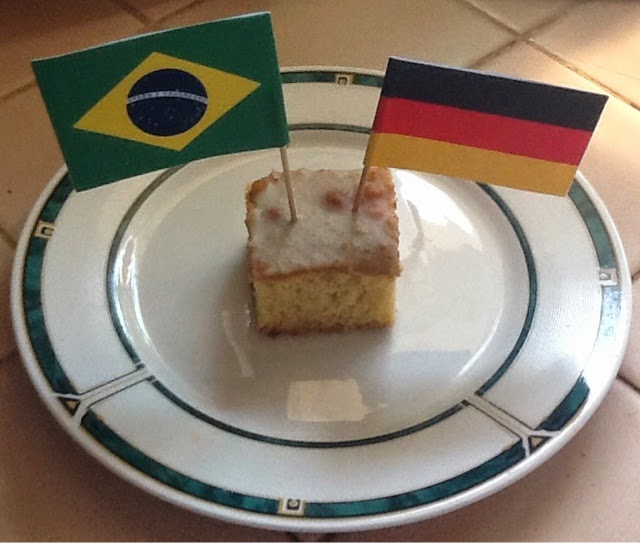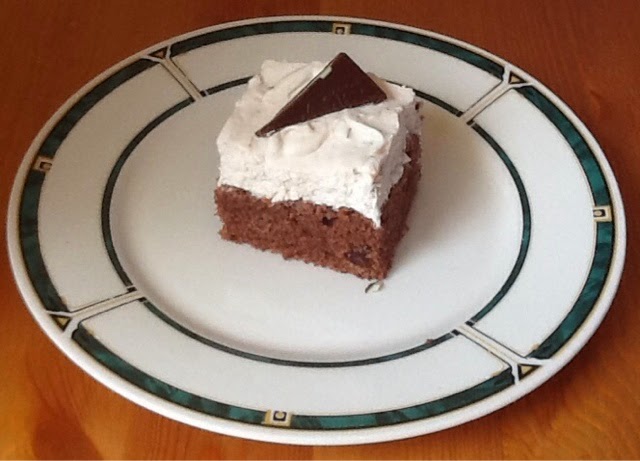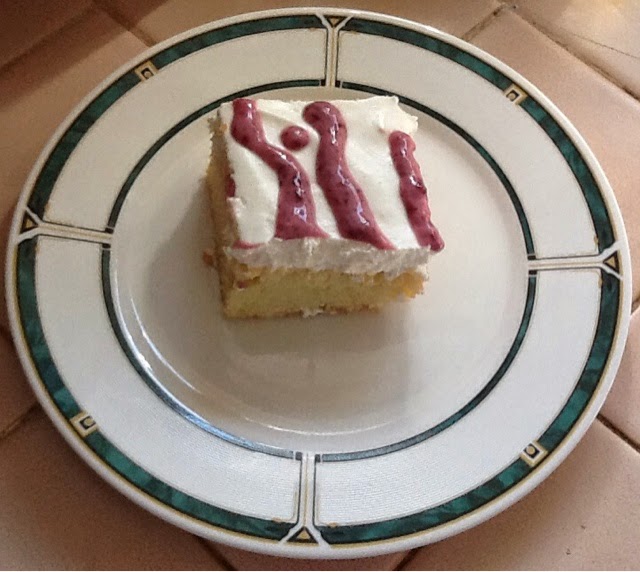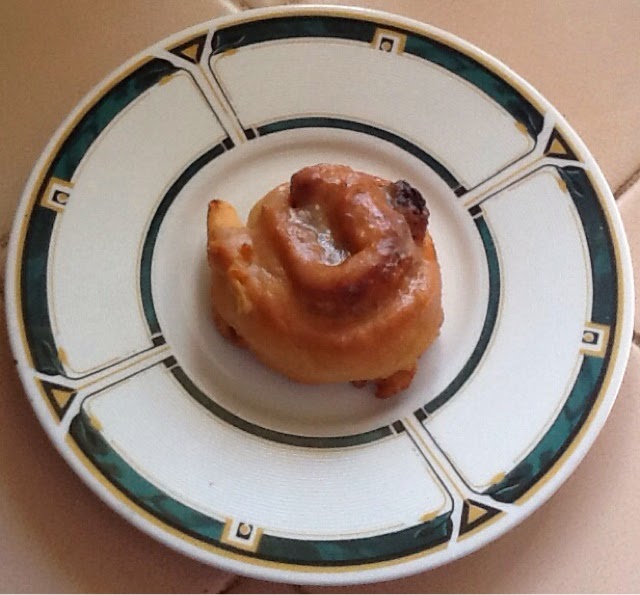This cake is known in the Rhineland as "Riemchenapfel", and every bakery sells it. The filling can vary; in addition to apple sauce apricot or plum jam is also used. When using unsweetened apple sauce this cake is very healthy (for a cake): the yeast dough contains little sugar, and the filling only contains the sugar from the fruit.
Ingredients:
Springform, 26 cm (10 inches) in diameter
Some grease or parchment paper
250 g all-purpose flour
125 ml milk, lukewarm
25 g butter
75 g sugar
1 package active dry yeast
1 pinch salt
700 g apple sauce, unsweetened
2 tablespoons apricot jam
Preparation:
1. Prepare yeast batter: sift flour into a bowl, mix with 25 g sugar, then make a little dent into the flour. Sprinkle 25 g sugar around the rim on the flour. Heat milk until lukewarm. Add 25 g sugar and yeast, stir; pour milk with yeast and sugar into the well in the flour. Cover bowl with a towel. Let yeast rise for about 30 minutes in a warm place or until bubbly.
2. Using the knead hooks of an electric hand mixer mix ingredients in bowl. Add salt and butter and work the dough until it starts pulling back, pulling away from the bowl, and forming a ball. Remove dough from the hooks and the side of the bowl. Sprinkle some flour over the dough, so that it won't stick to your hands.
3. Preheat oven to 180 degrees Celsius (350 F). Line the springform bottom with parchment paper or grease. Roll out 1/3 of the dough and put on springform bottom. Take another 1/3 of the dough, make long tubes and line the inner edge of the springform. Push the tubes flat against the edge, about 2 cm high, and connect the edge with the springform bottom.
4. Add apple sauce to springform. Spread evenly. Take the remaining 1/3 of the dough, roll it out flat into a circle with the diameter of the springform. Using a pizza or a pastry wheel cut out thin strips. Put the strips in a crisscross pattern over the applesauce.
5. Bake cake for about 30 min at 180 degrees Celsius (350 F).
6. Stir apricot jam until smooth. Remove cake from oven and brush the top with the apricot jam. Remove springform edge, let cake cool down before serving.
Comments:
1. The cake is best when served with freshly whipped cream.
2. The sugar for the yeast batter can be further reduced (25 g).




